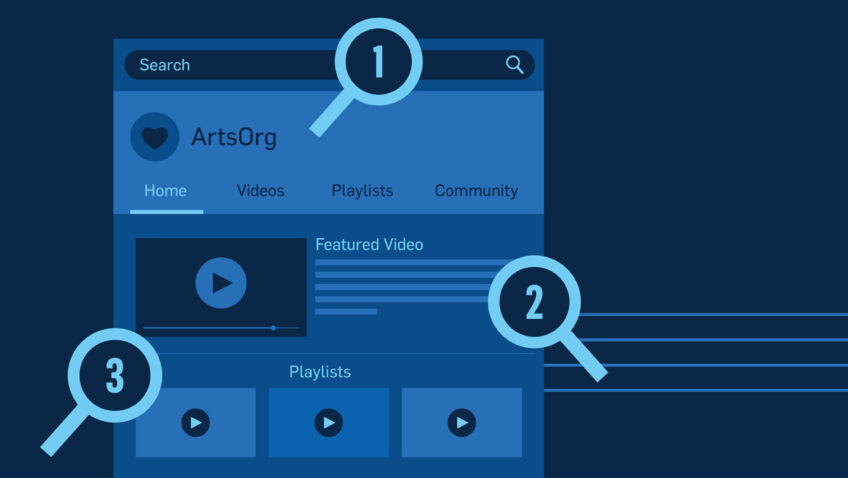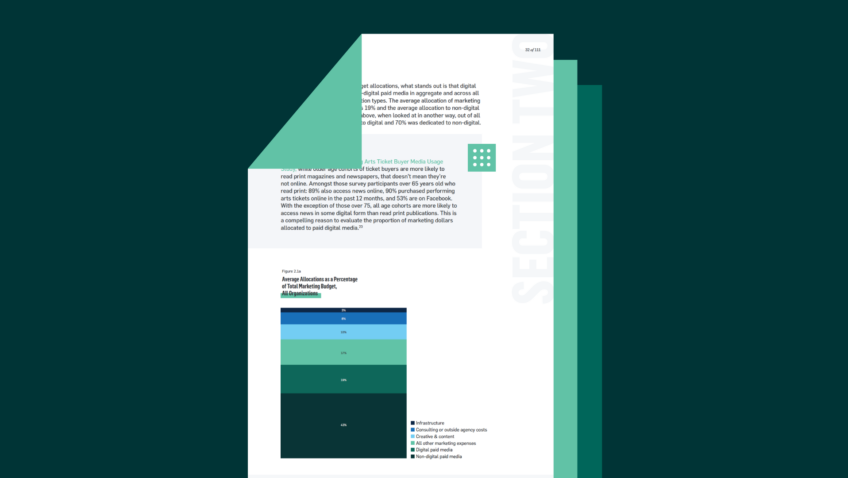Rethink Your Blog as a Search-First Tool
When you hear the word “blog,” it may evoke the late 90s or early 2000s. In those heady days of the internet, it seemed like everyone, and their dog had a blog they used to change the world.
But what if we told you that blogs are not only still relevant but are also often underutilized? What if we told you a blog could be more than just the centerpiece of the 2009 Meryl Streep and Amy Adams foodie feature, Julie & Julia? What if we told you that blogs could supercharge your SEO efforts and powerfully drive organic traffic?
Creating blog posts focused on what people are searching for will drive users directly to the blog article in question, straight from the Search Engine Results Page (SERP). These types of blogs will introduce new users to your organization. So, how do you get started? We’re here to help you!
You Already Know the Answers
Your organization contains a wealth of knowledge, including the answers to searchers’ frequent queries. Use your blog to answer common questions about your art form, provide handy guides, and provide a glossary of artistic terms.
Things that seem obvious to you may be brand new information to your audience, like the difference between upstage and downstage, the definition of postmodern art, and where ballet was invented. Each of these questions has a substantial search volume on Google.
Want some inspiration? Check out Carnegie Hall’s blog:
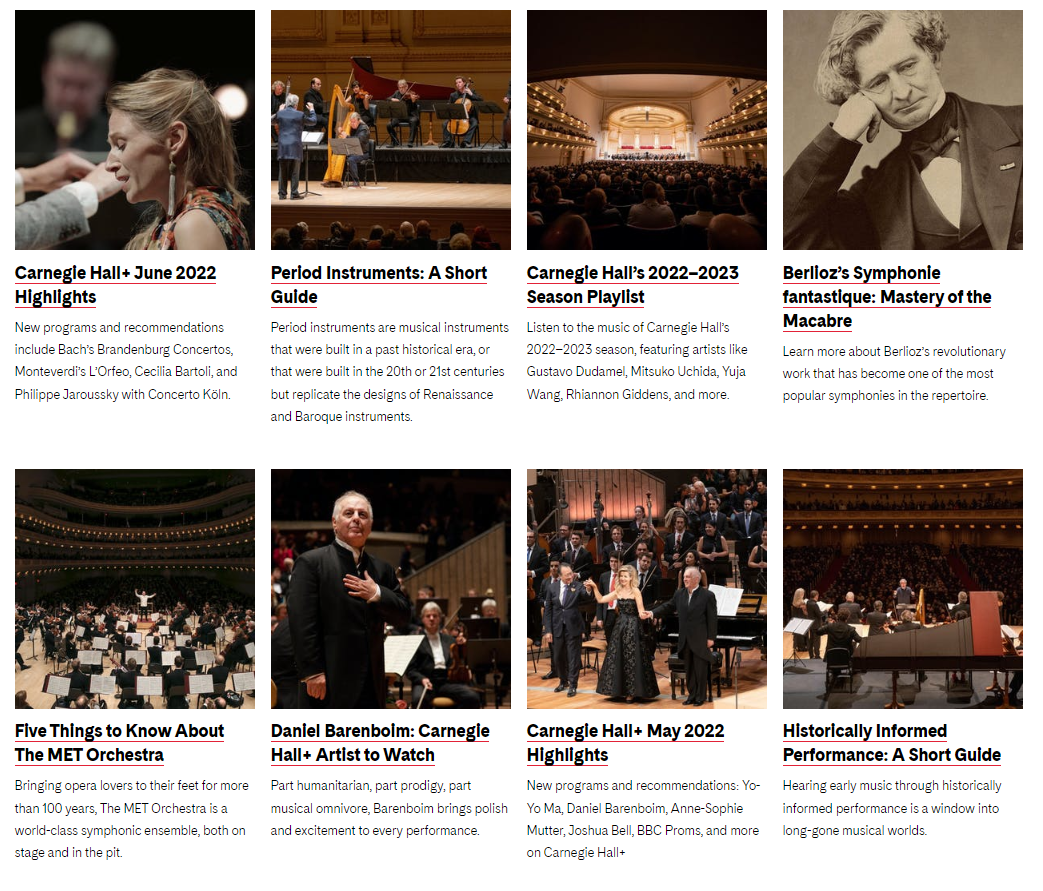
There is a mixture of great articles here. Some are designed to communicate with patrons familiar with the organization, like informational posts, updates, and news stories. But peppered in between these posts are acquisition-based posts that provide educational information about classical music more generally.
Want more proof that knowledge is marketing power? This blog post from BalletMet about the difference between Classical and Contemporary ballet answers the question so succinctly that Google features the article’s content directly on the SERP.

You can also create guides and articles about your local area. Highlight things to do in your city, the history of famous local landmarks, and answers to other location-specific searches that tie into your organization’s work.
Do Your Keyword Research
This approach to your blog all starts with keyword research–the process of identifying popular search terms that people are entering into Google, intending to write content that can “answer” the search query. Here are a few sources of inspiration to get you started:
- Google’s Autocomplete: When you type a search query into Google, you can see what other people have searched for as the search engine tries to predict what you are typing. These are actual queries that you can answer with a piece of content!
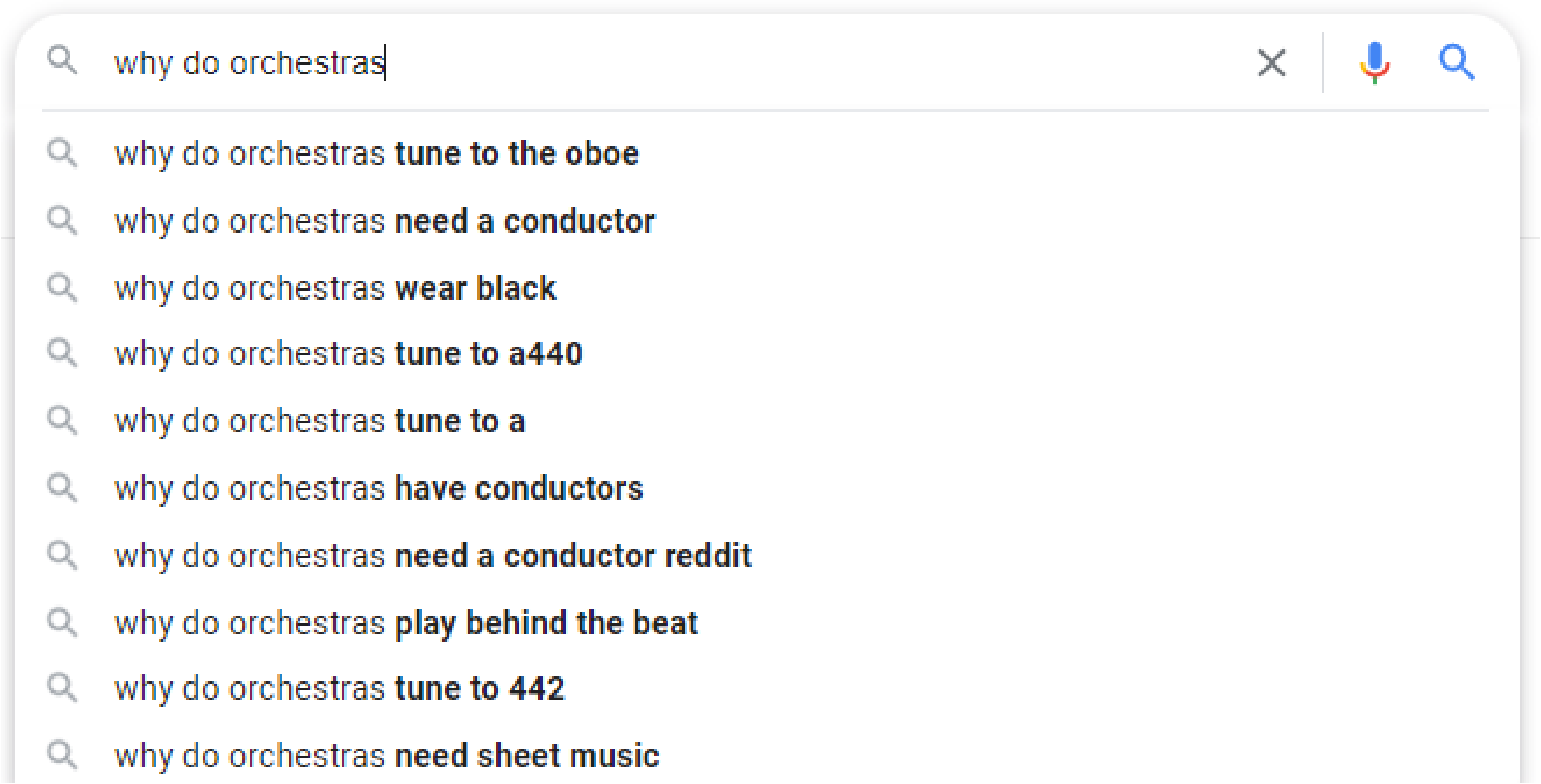
- Google’s Suggested Search Results: At the bottom of the SERP, you can find other searches that are related to the query you have entered. Much like autocomplete, these are real searches that other users have entered.
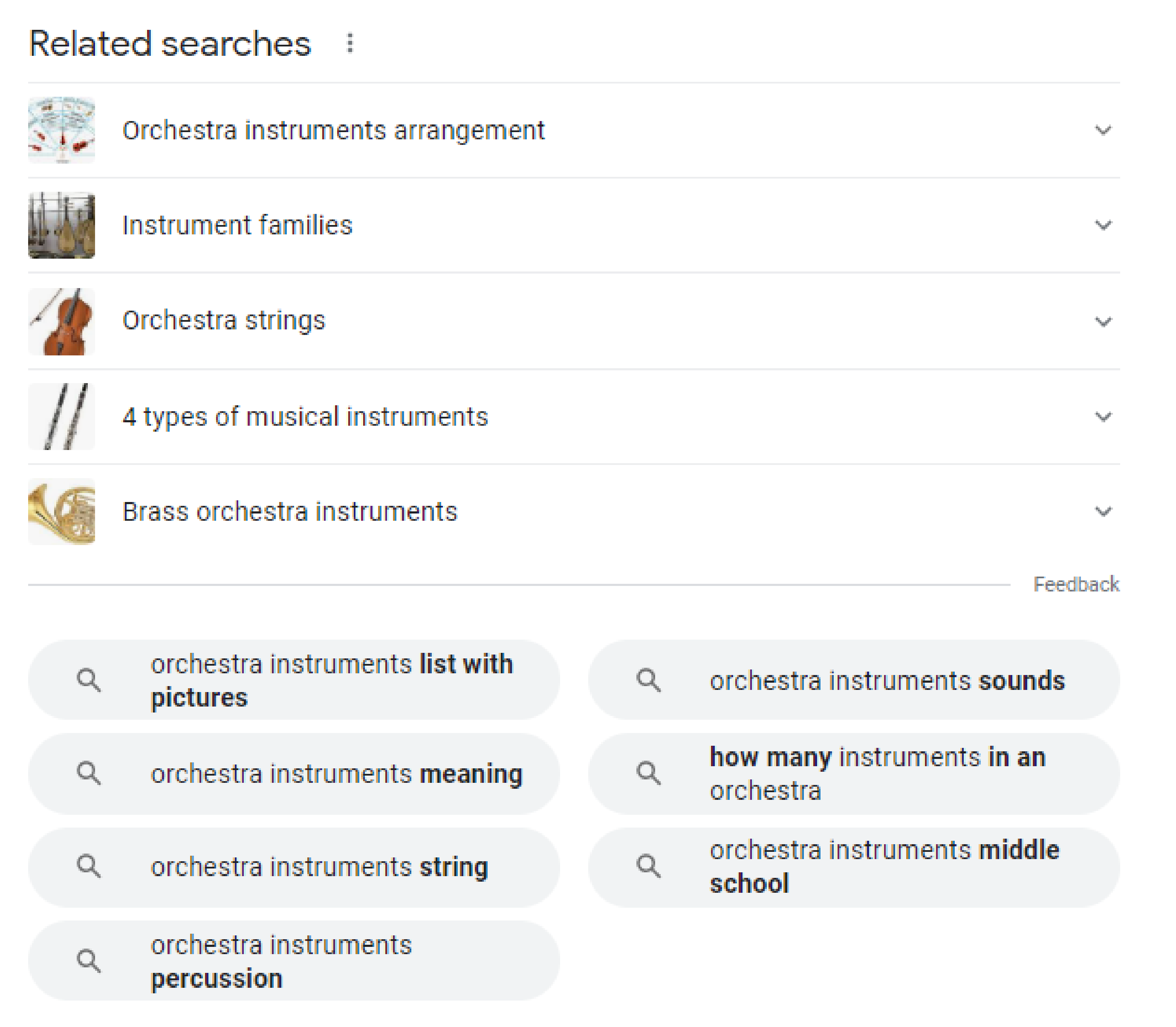
- Brainstorming: Get in a room (Zoom or otherwise) and think about what people are likely to search. Consider all the different types of people interested in your organization and consider what they might search for. You can check whether those terms have search volume by entering them into the Google Ads keyword planner or looking on Google Trends.
- AnswerThePublic: This compiles all the questions somebody might have about a subject. It’s a great free resource but will only give you a certain amount of searches per day – so use this site sparingly.
Write for Humans, with SEO in Mind
Once you have completed your keyword research and honed in on a search term you want to target, it’s time to write. Rather than getting bogged down by the endless technical optimizations you could make, focus on answering the search query with enough detail to make the article fulfilling. Writing solely for the Google algorithms or stuffing your blog with too many keywords can make it unreadable, hurting your organic search potential. Write with SEO in mind, but always remember that we are writing for humans.
Make sure to thoughtfully craft the Title Tag and Meta Description, two SEO tags that can influence how Google displays the page on the SERP. This is vital, as they can affect ranking and click-through rates. Optimize them by using your keyword, keeping within the recommended character limits, and considering what your article will look like on the SERP.
Think Beyond Your Patrons
If you already have a blog, take stock of the articles you already have—commonly, these include staffing updates, season announcements, and interviews with artists. The target audience for that kind of content is usually your existing patrons—people familiar with your organization and either navigate to the blog from your homepage or click through to the article from a social media post.
Communicating directly with your patrons, showing them how your organization works, and updating them on new developments is extremely useful, but these articles are unlikely to introduce new audiences to your website.
With a search-first approach, you aren’t targeting people who already know about your organization; you are introducing new patrons.
The beauty of a blog is that you can start with just one article. You don’t have to commit to writing weekly updates, but the more content you have, the more search queries you answer, and the more traffic you will get.
Start today by finding a single keyword, writing an article, and publishing it on your blog. And once you’ve done that… bonus! You now have content to use.
Don’t forget to squeeze all you can out of your hard work, as this content can be used in emails, on social media, and linked to across your site whenever you mention the subject of the article.
Happy writing.








